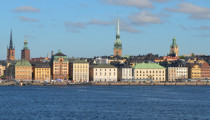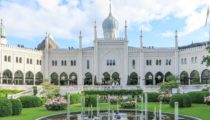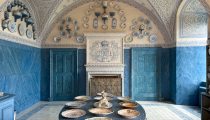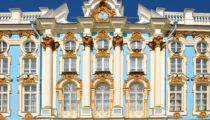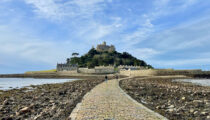May 28, 2024
Drottningholm Palace: A Favorite Excursion from Stockholm, Sweden
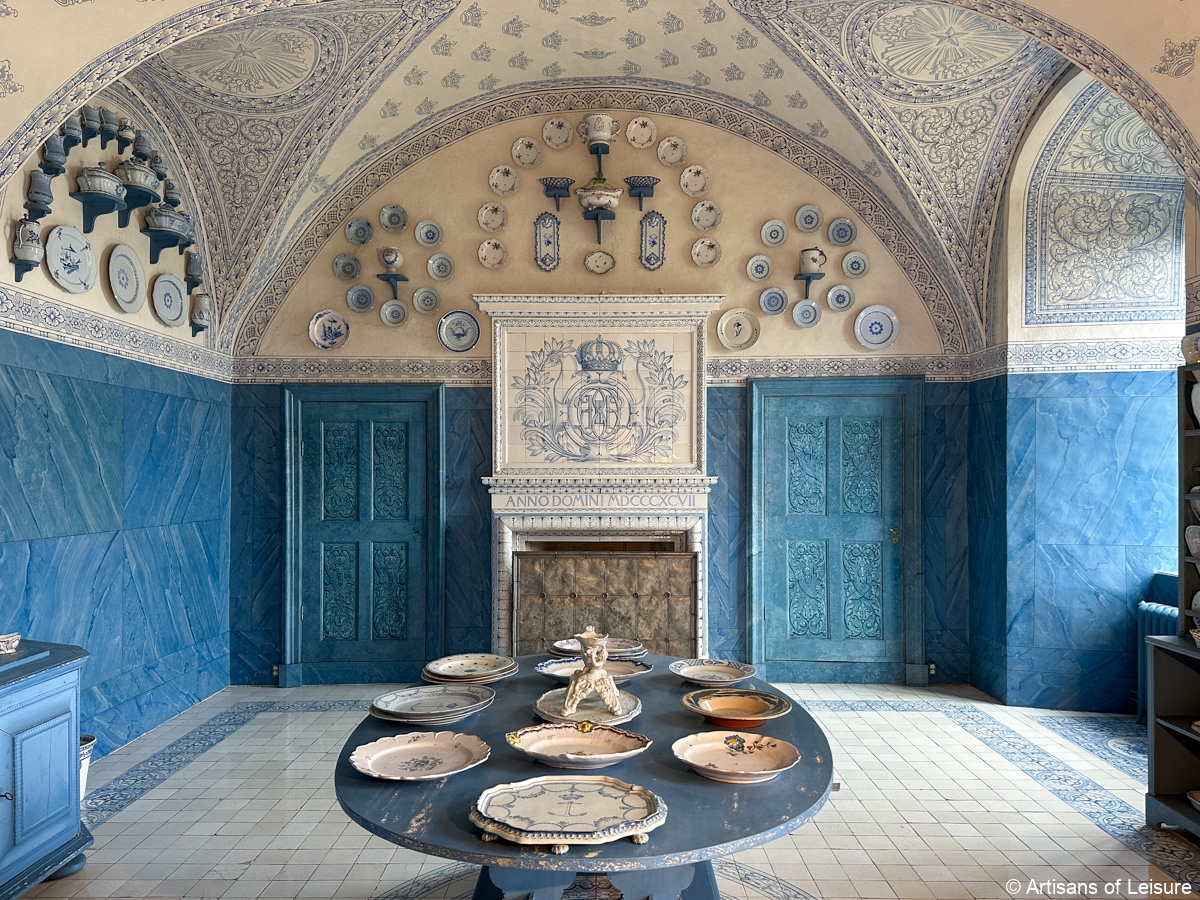
One of our favorite excursions from Stockholm, Sweden, is Drottningholm Palace, the permanent residence of the Swedish royal family. The 17th-century lakeside palace is a UNESCO World Heritage Site known for its Baroque architecture, lavish interiors, expansive gardens and a well-preserved 18th-century theater.
Located on a tranquil island in Lake Malar just outside Stockholm, Drottningholm Palace was constructed between 1662 and 1686 as a summer retreat for the Swedish royal family and members of the court.
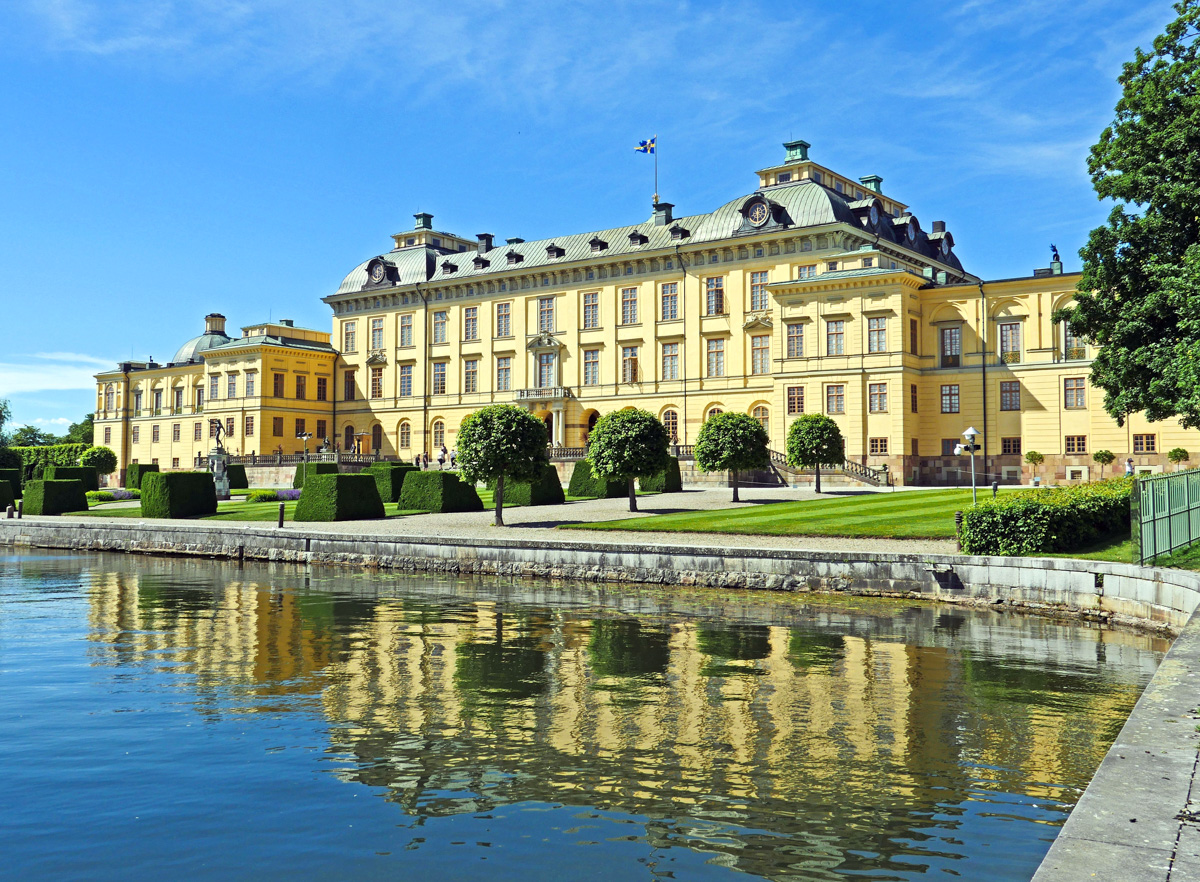
Inspired by the Palace of Versailles, Swedish architects Nicodemus Tessin the Elder and his son Nicodemus Tessin the Younger worked with master craftsmen from across Europe to create the opulent palace and formal gardens.
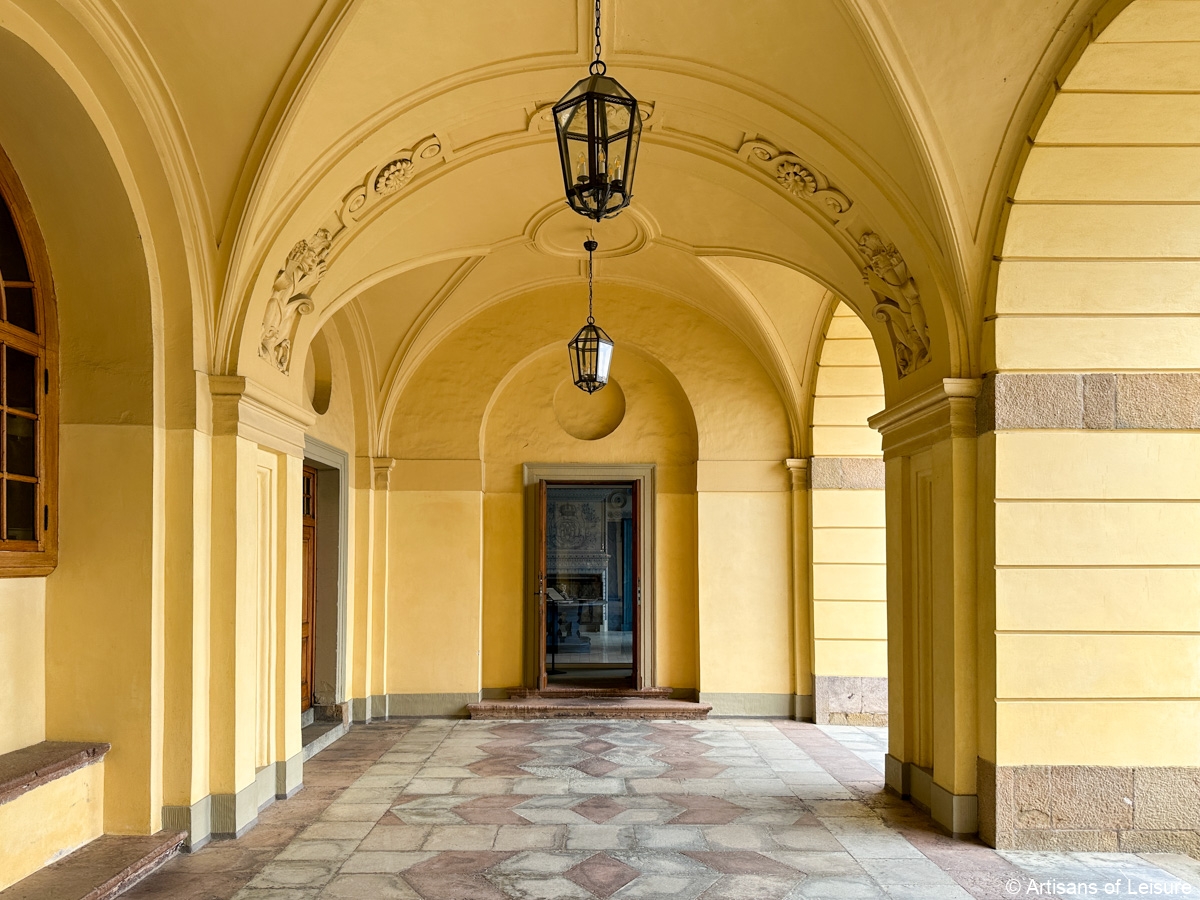
Commissioned by the powerful queen regent, Hedvig Eleonora, the ensemble was intended to reflect Sweden’s position as a northern European political power and cultural center.
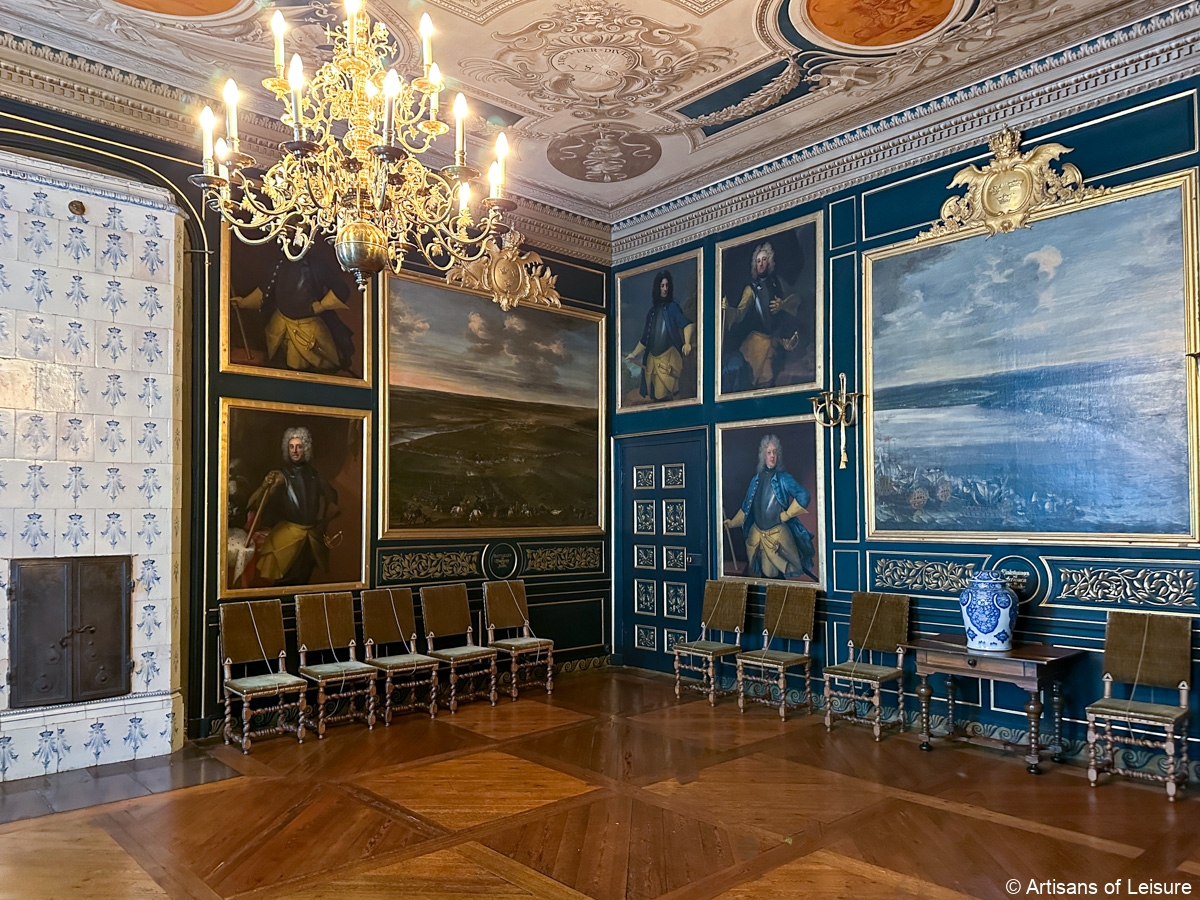
The palace architecture blends northern European influences—such as the distinctive copper roof—with Italian Renaissance and French Baroque styles.
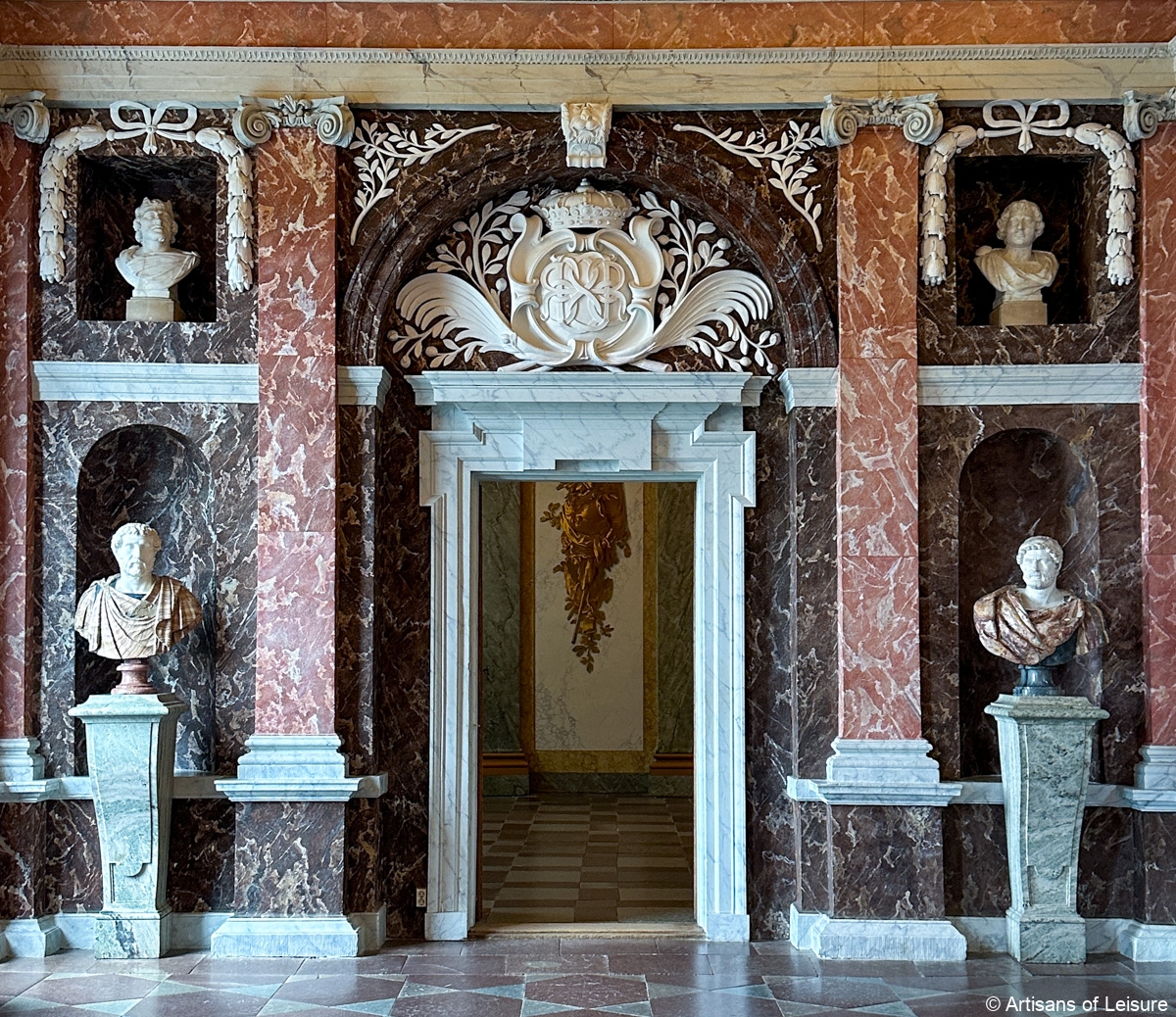
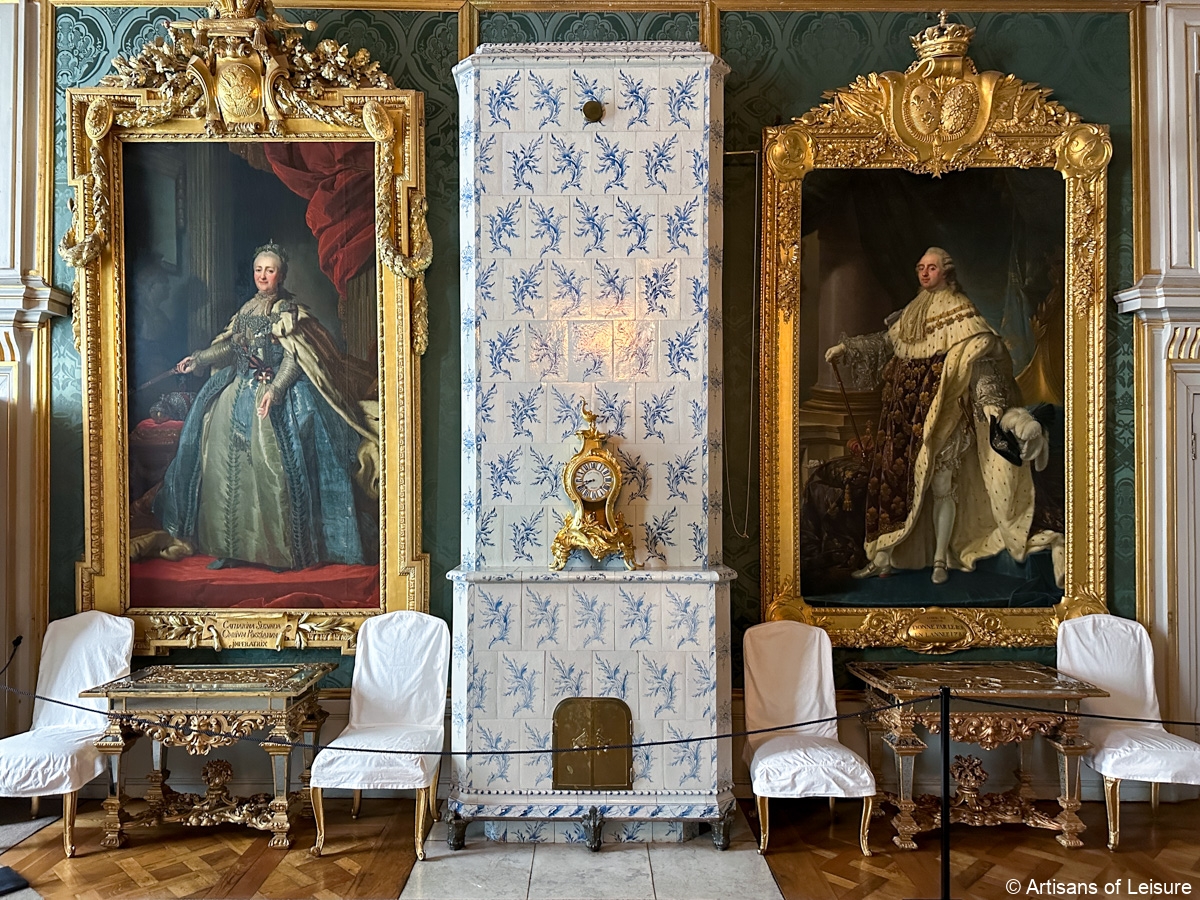
Beyond the golden facade, the interiors reflect the tastes of a succession of rulers over the course of the 17th, 18th and 19th centuries. The result is a series of salons that encompass the ornate grandeur of the Baroque, the light elegance of the Rococo and the more restrained Gustavian style.
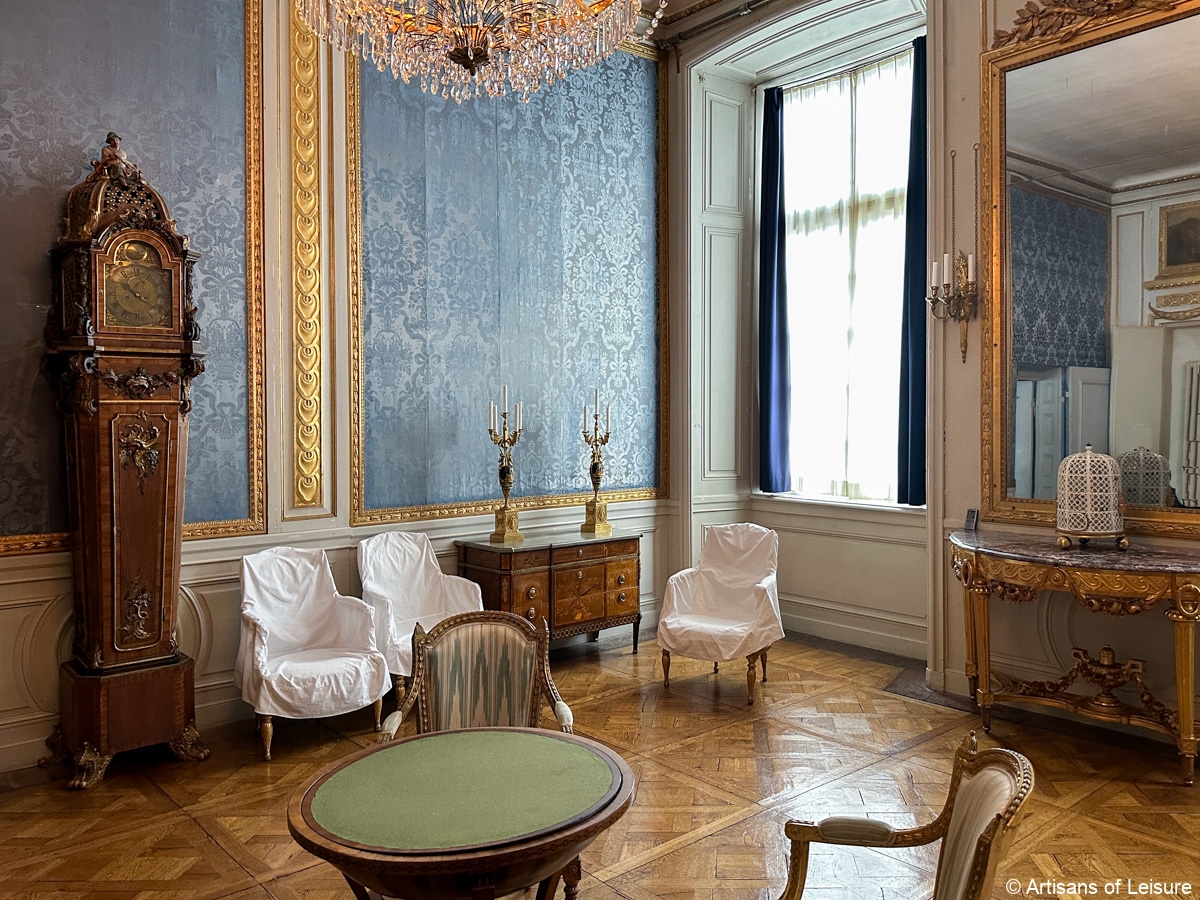
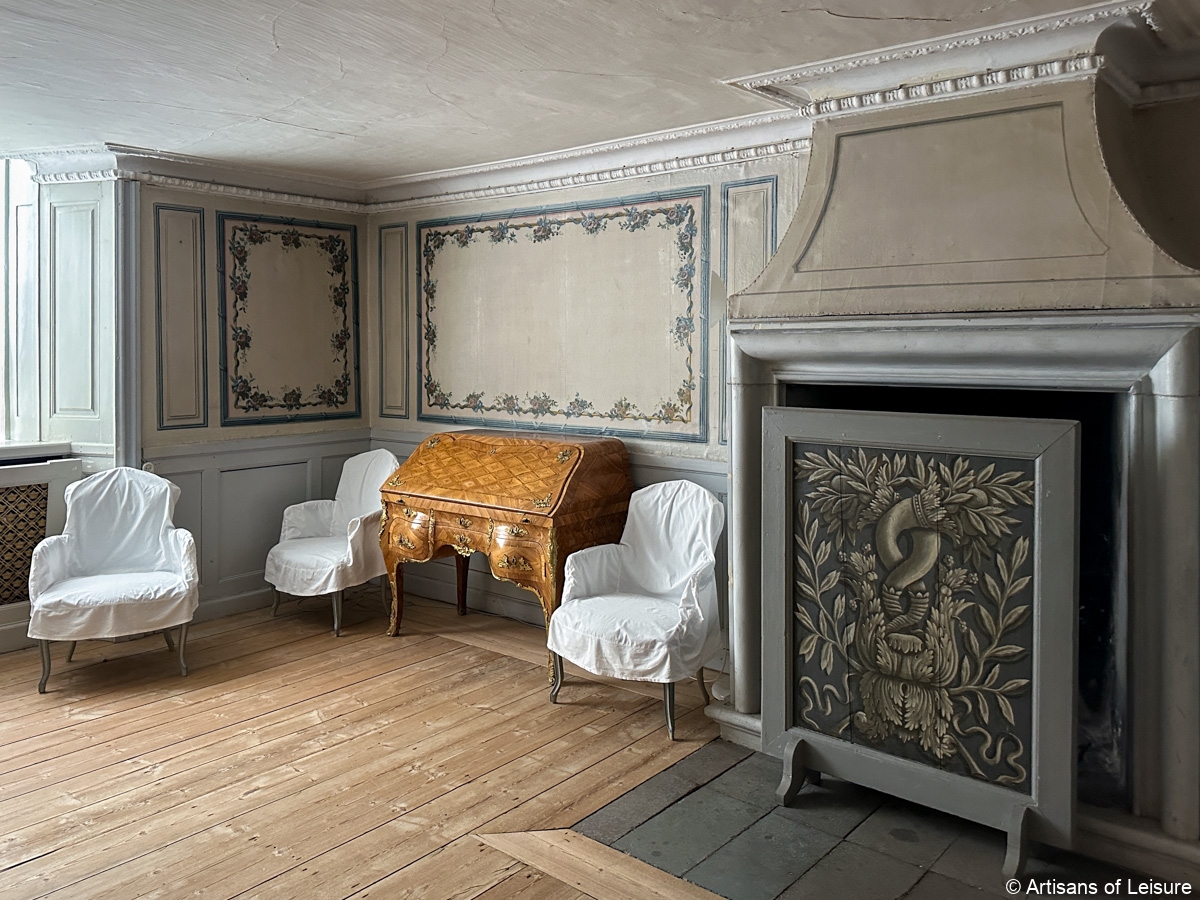
Highlights of privately touring the interiors include the impressive grand staircase, a profusion of painted marble, frescoes and sculptures.
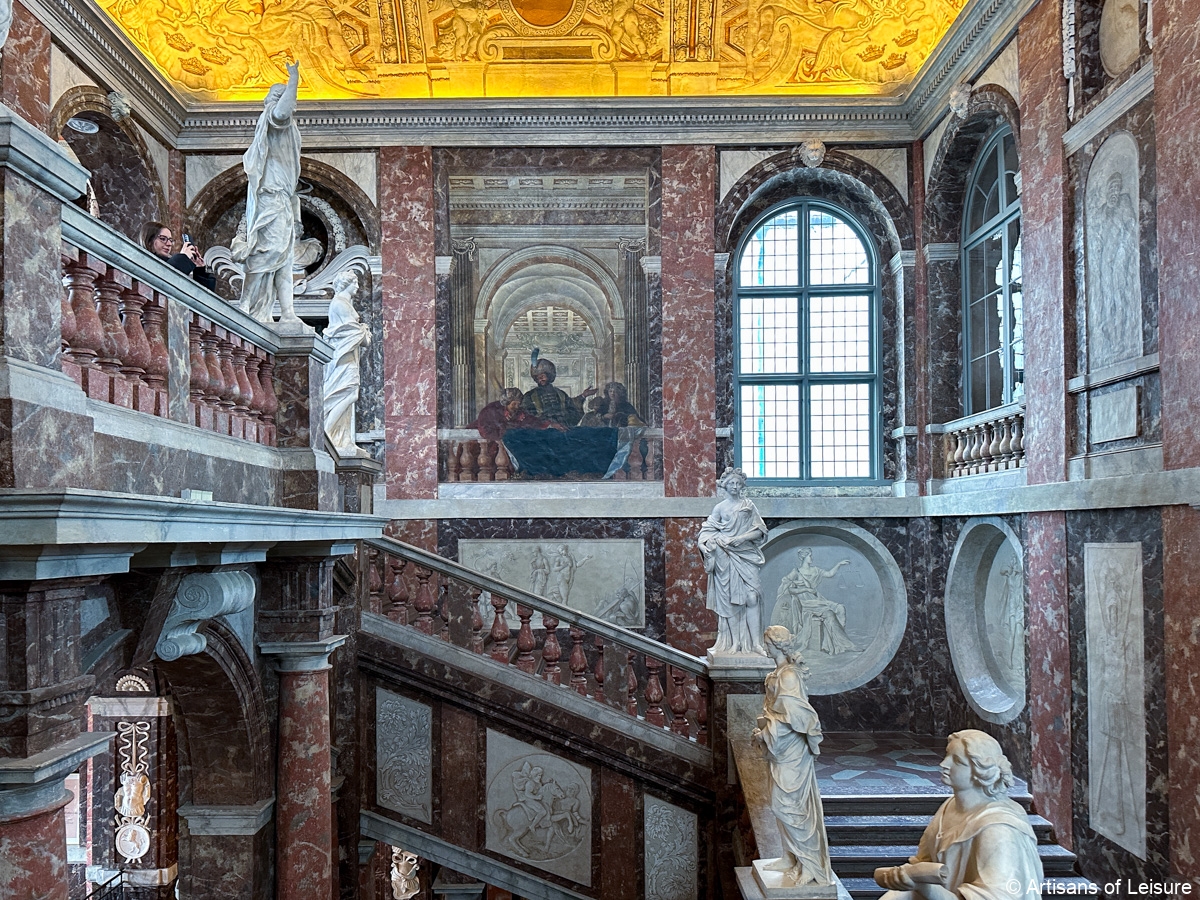
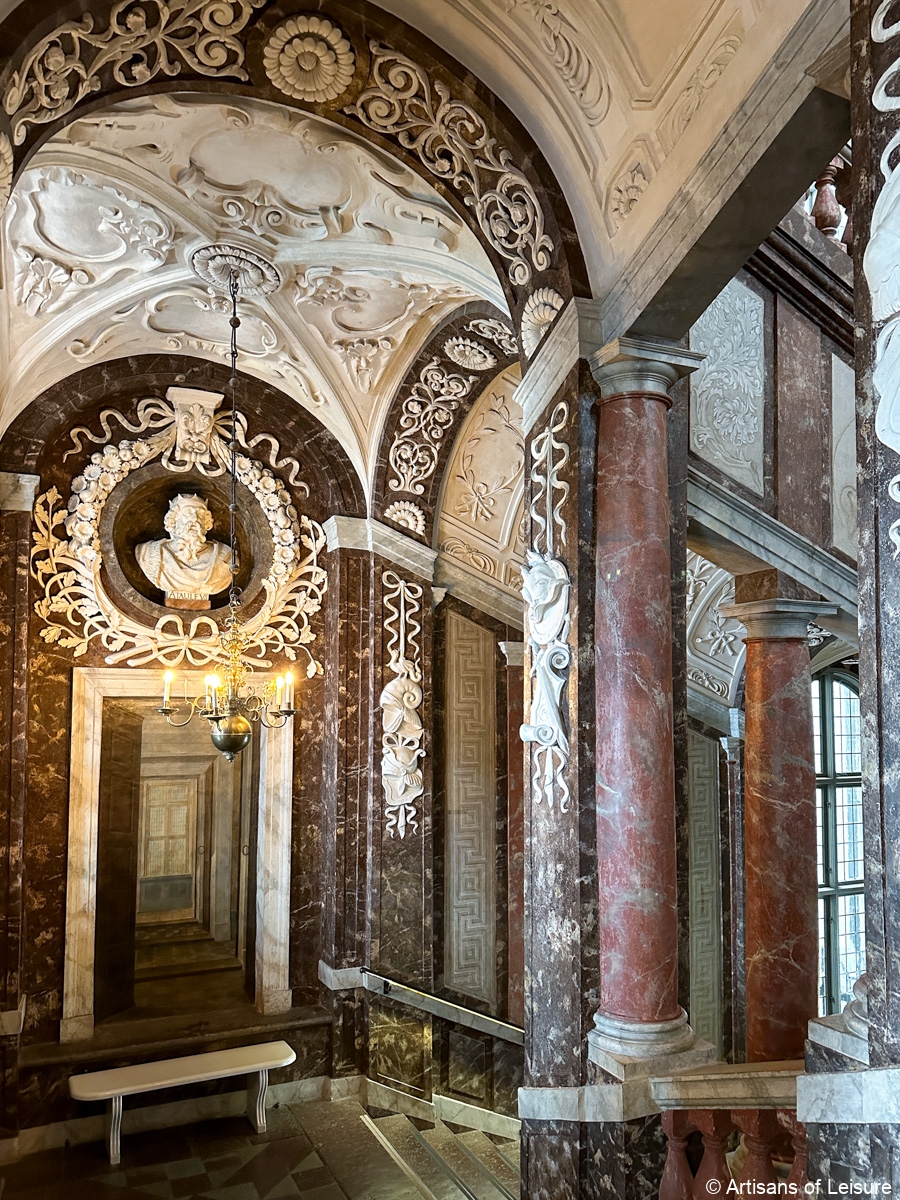
One of the most magnificent Baroque rooms in the palace is Hedvig Eleonora’s State Bedchamber, a striking blue-and-gold room that functioned as an audience chamber.
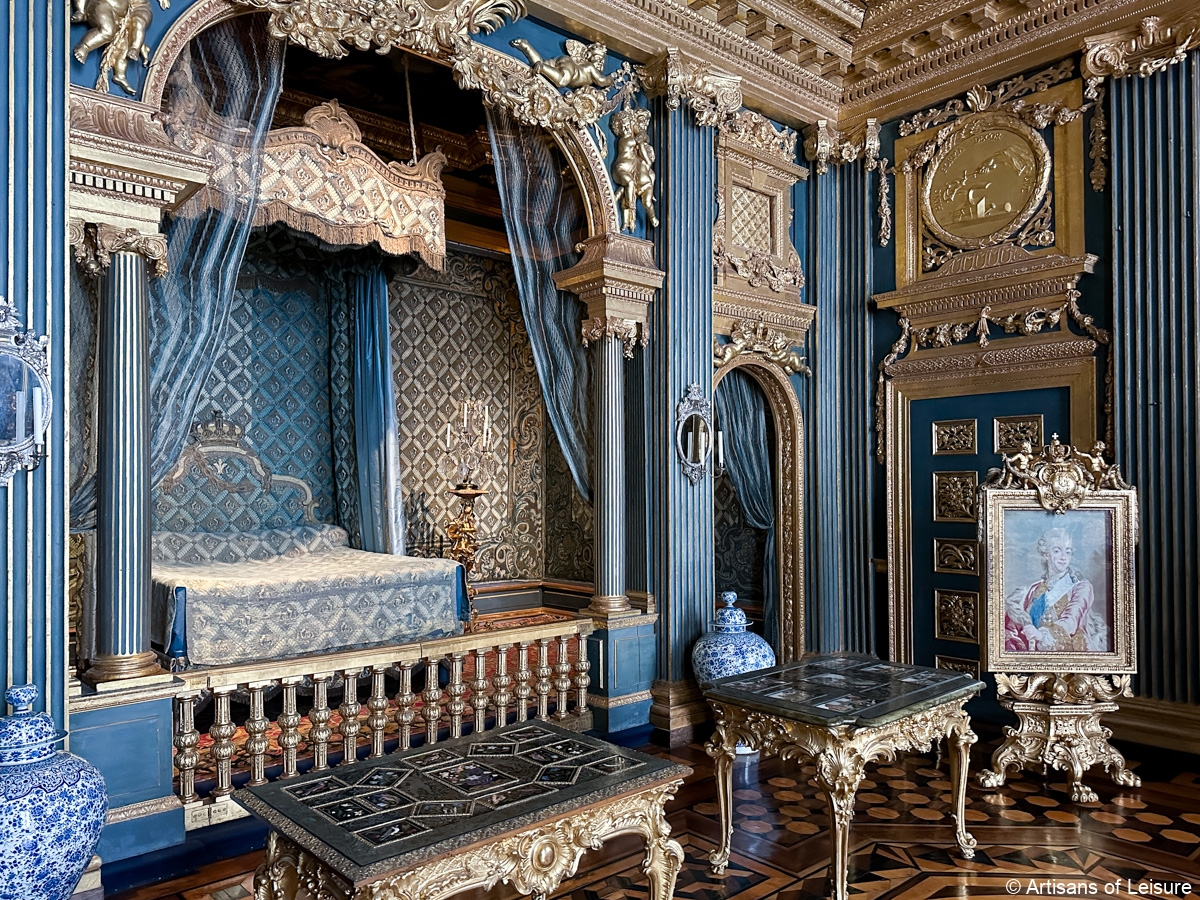
Other notable rooms include the Library, commissioned in the mid-18th century in the French-influenced Rococo style.
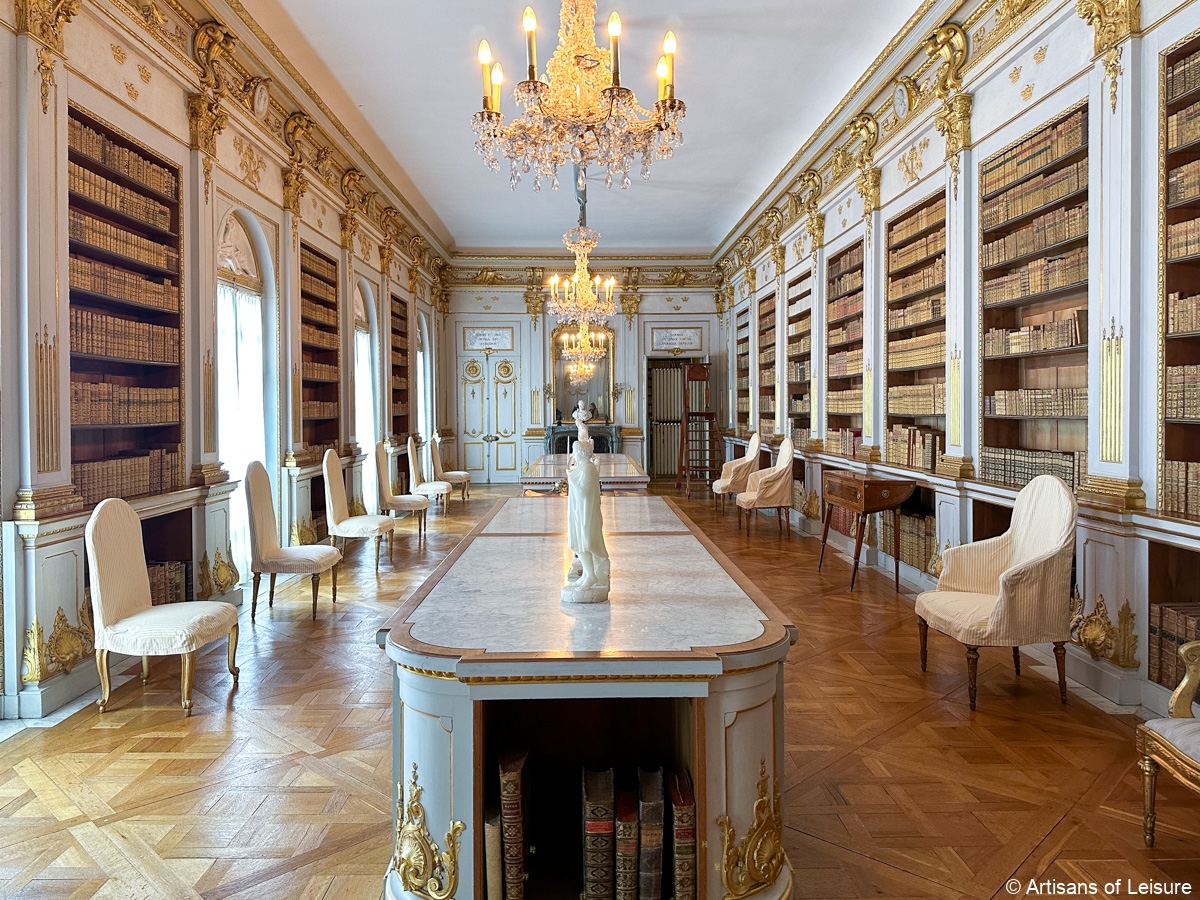
The Chinese Drawing Room is notable for the elaborate, chinoiserie-style tiled stove and large tapestry created by Gobelins factory in Paris.
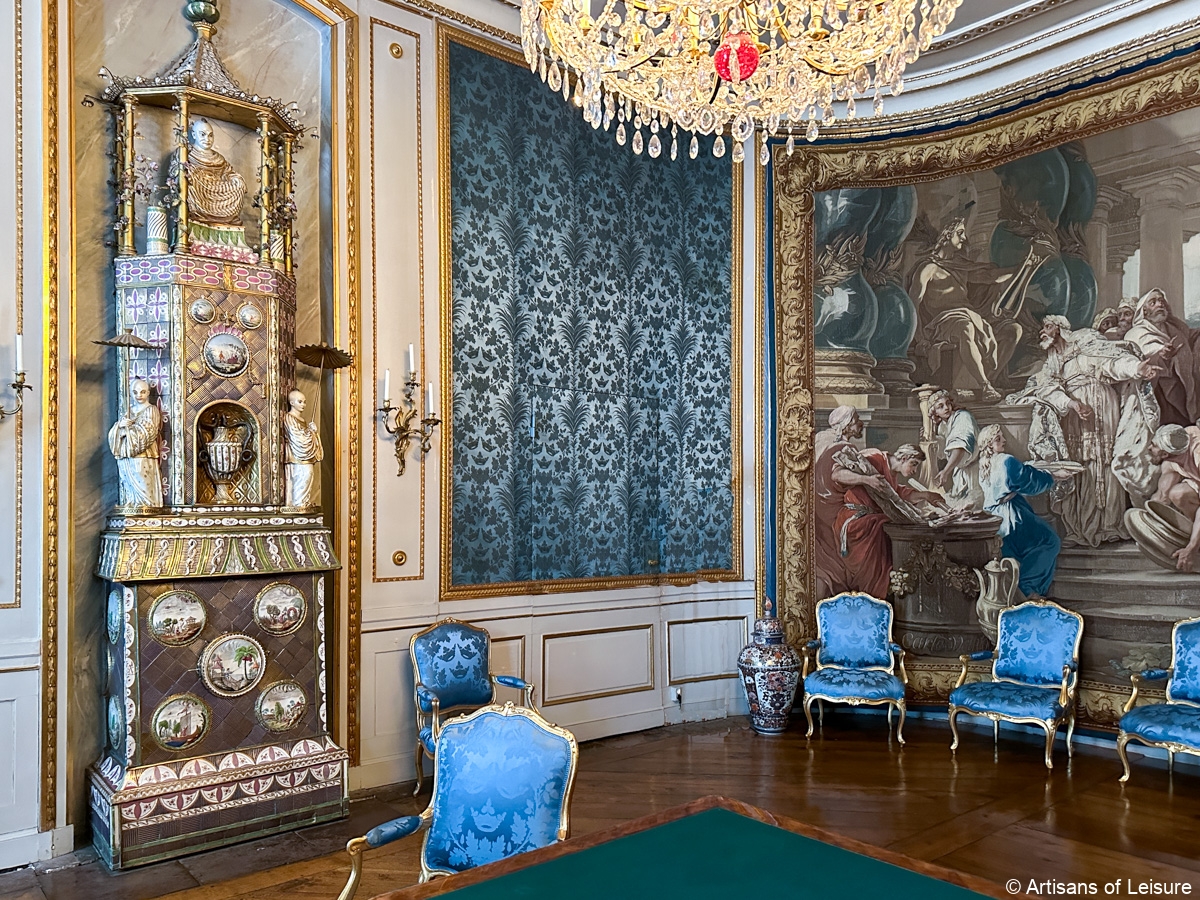
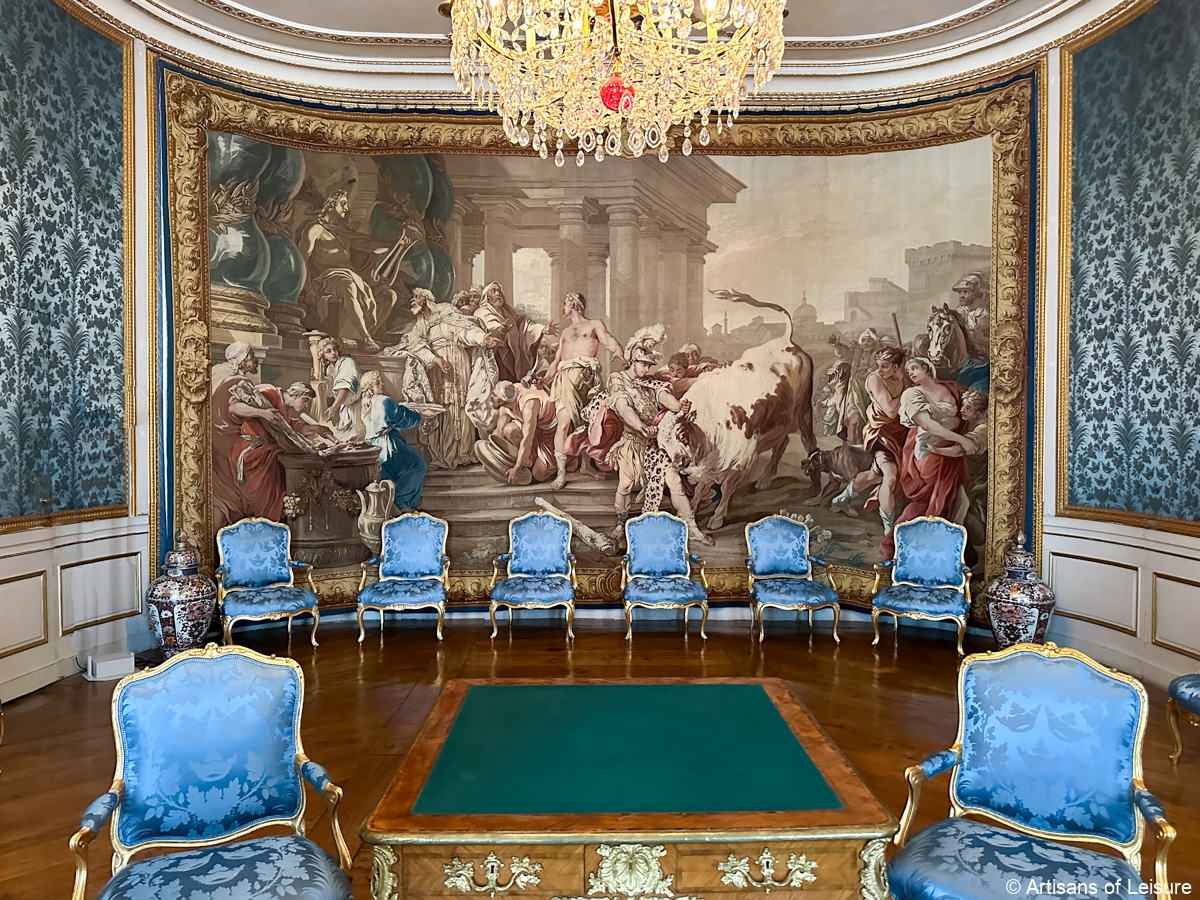
King Karl XI’s Gallery, modeled on the Hall of Mirrors at Versailles, is still used today to host official state banquets.
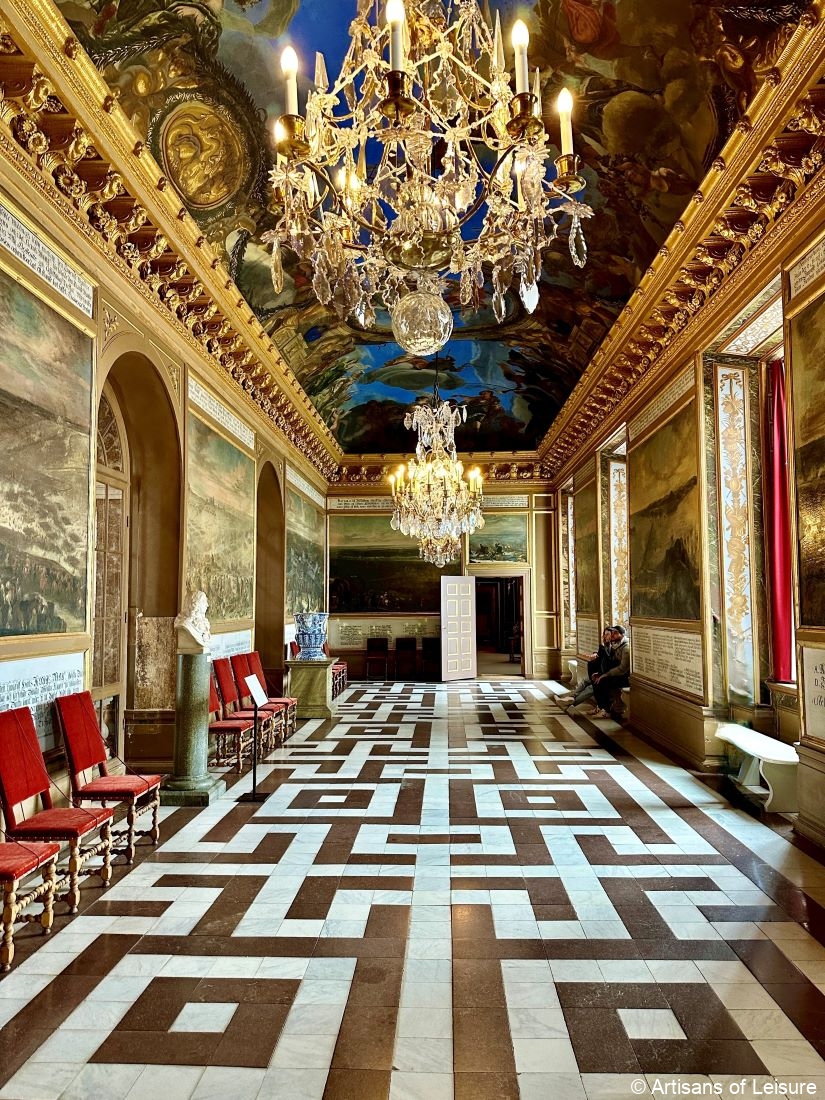
The Hall of State, the palace’s large ceremonial room, is decorated with portraits of the Swedish king and queen alongside contemporary 19th-century European monarchs and heads of state.
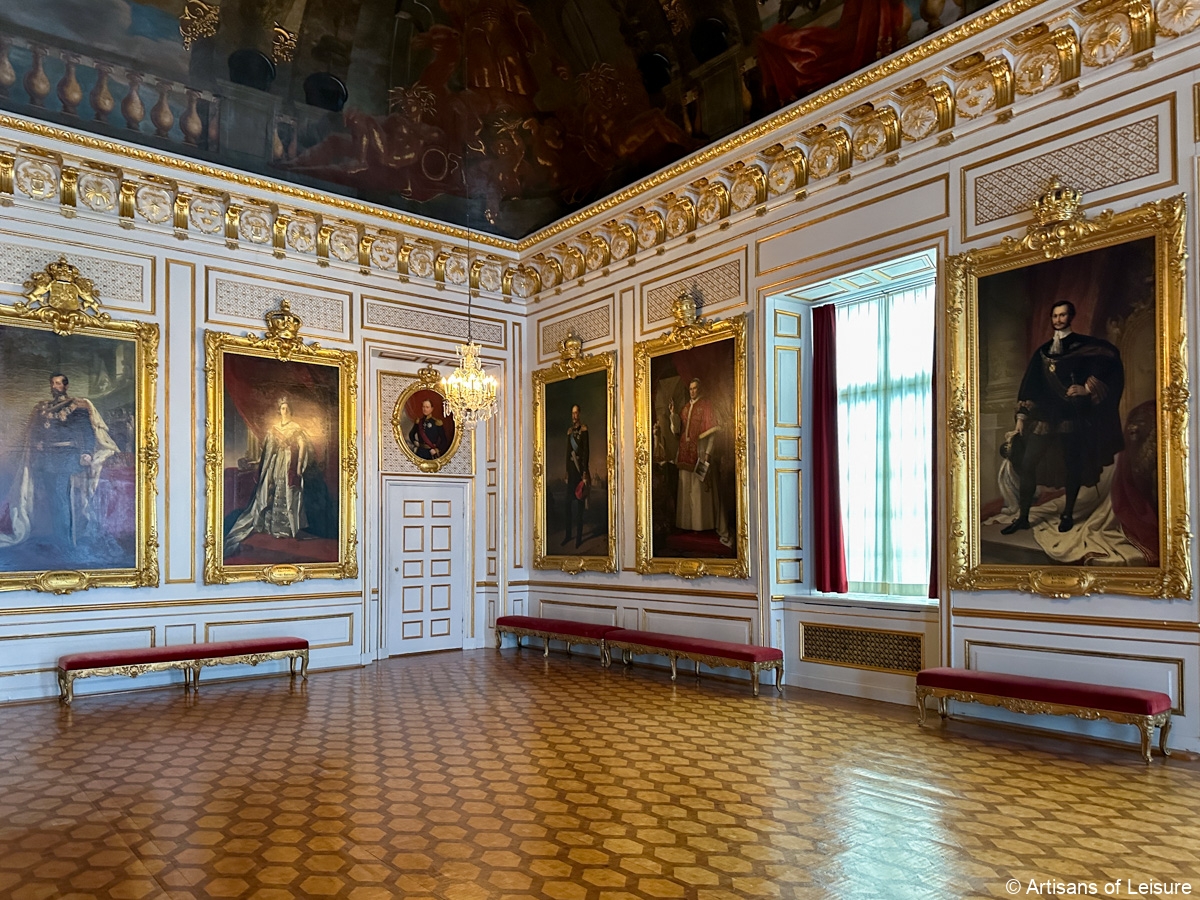
One of our favorite spaces is the renowned Porcelain Room, created in the late 19th century to display Oskar II’s extensive collection of 18th-century ceramics by Swedish porcelain manufacturers Rorstrand and Marieberg.
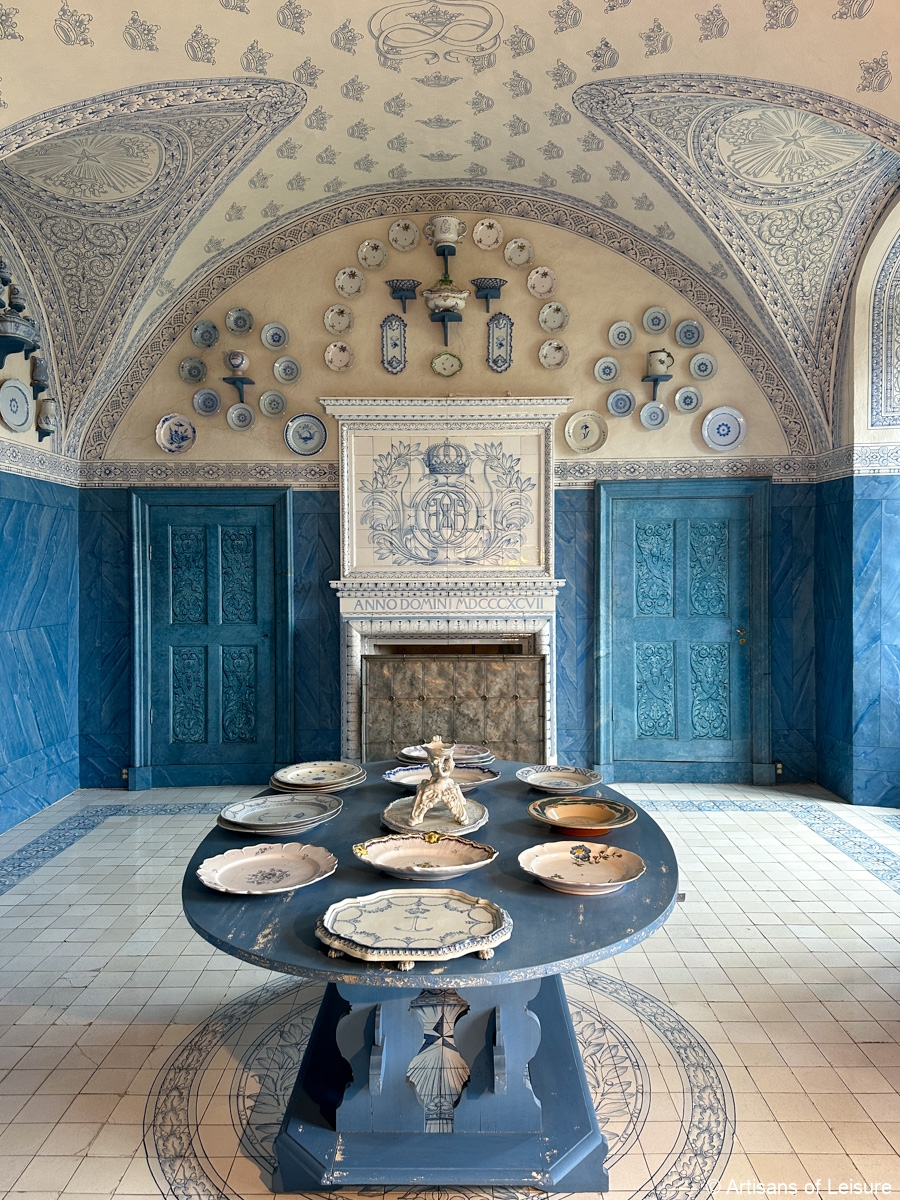
We also take travelers to explore the palace’s gardens, including the formal Baroque Garden and the more naturalistic English Park, a combination of different landscape styles of the 17th and 18th centuries.
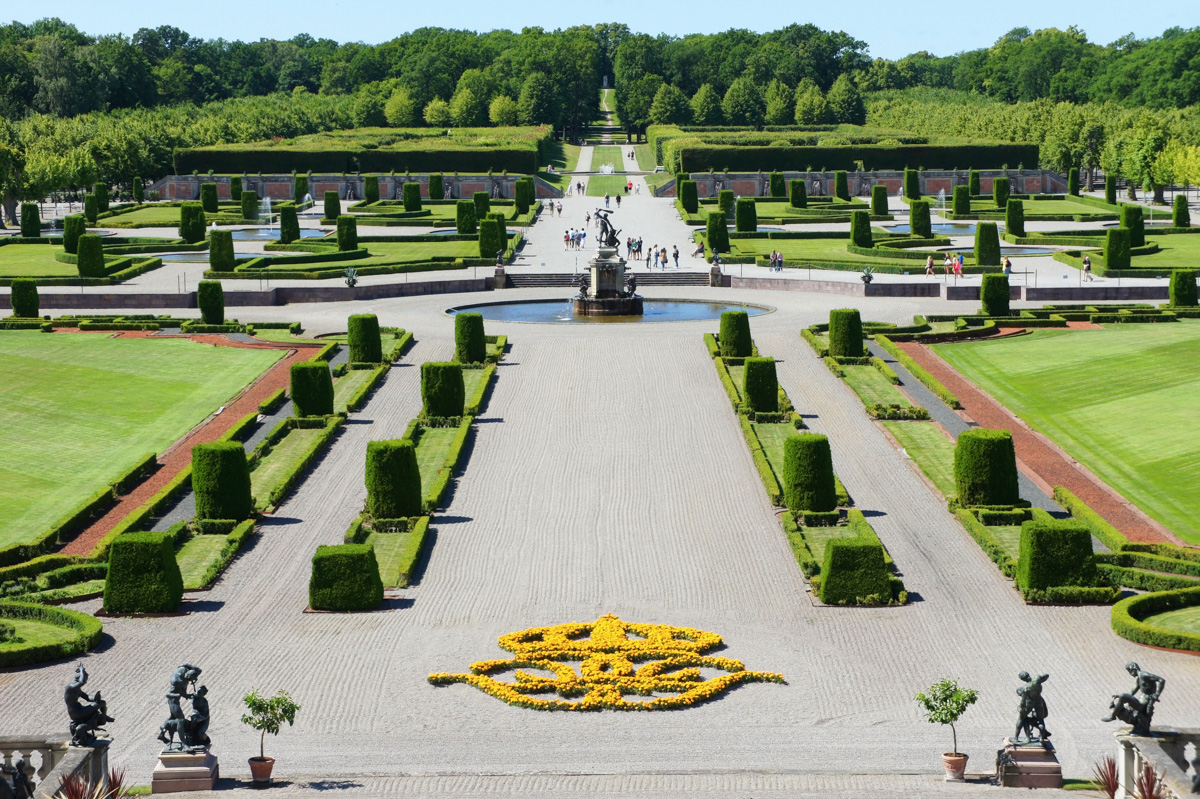
A highlight of the palace gardens is the Chinese Pavilion, a small pleasure palace inspired by Chinese architecture and filled with imported decorative arts objects. The pavilion’s whimsical chinoiserie style, a charming contrast to the palace’s Baroque formality, reflects 18th-century European fascination with Chinese art and culture.
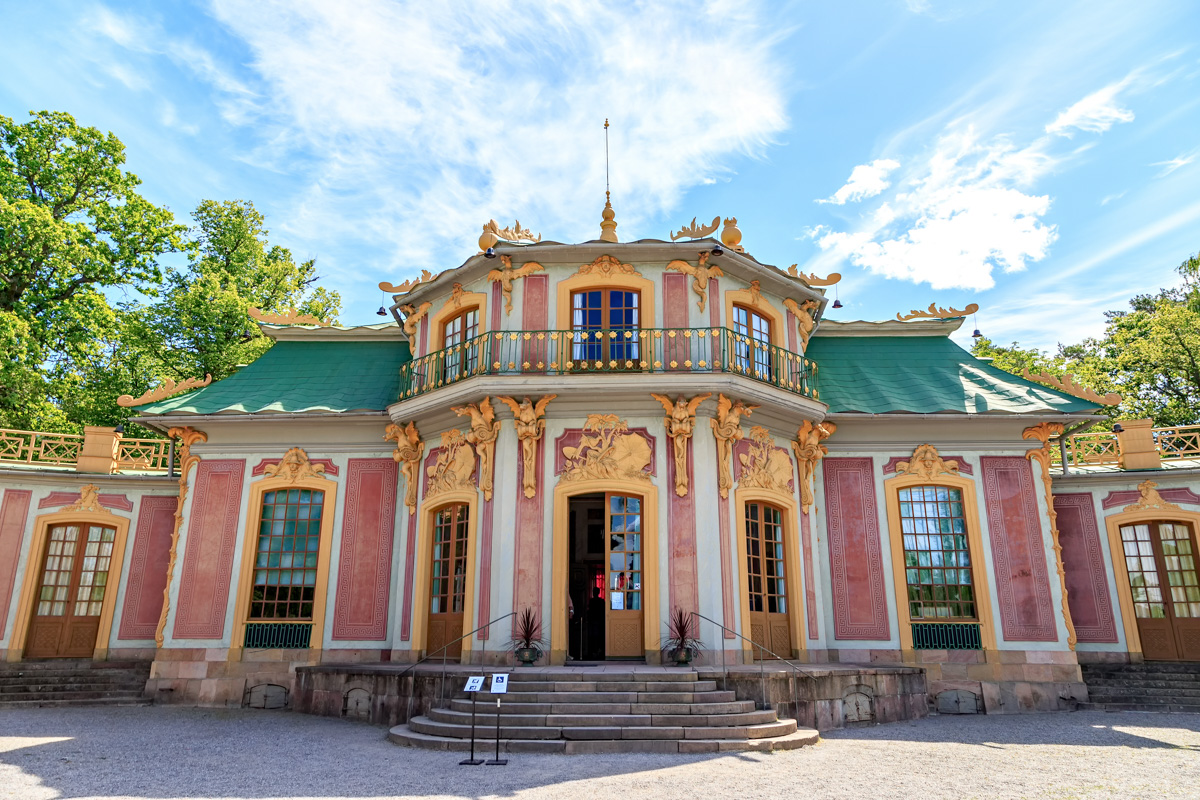
Also notable is the Drottningholm Palace Theater, one of the best-preserved 18th-century theaters in Europe. It is renowned for its collection of original stage sets and machinery still used for productions.
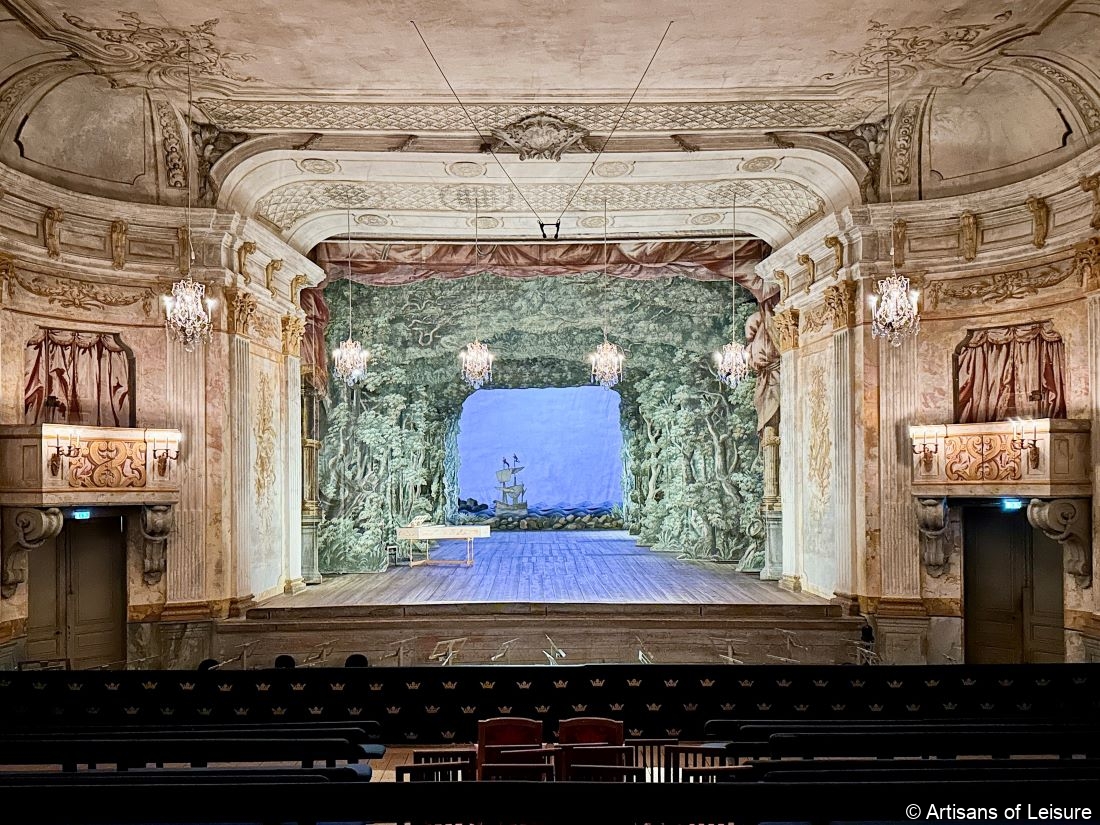
Artisans of Leisure can include a private excursion to Drottningholm Palace to tour the interiors and gardens with an expert local guide on any of our private Sweden tours, a must for travelers interested in history, culture, and architecture.
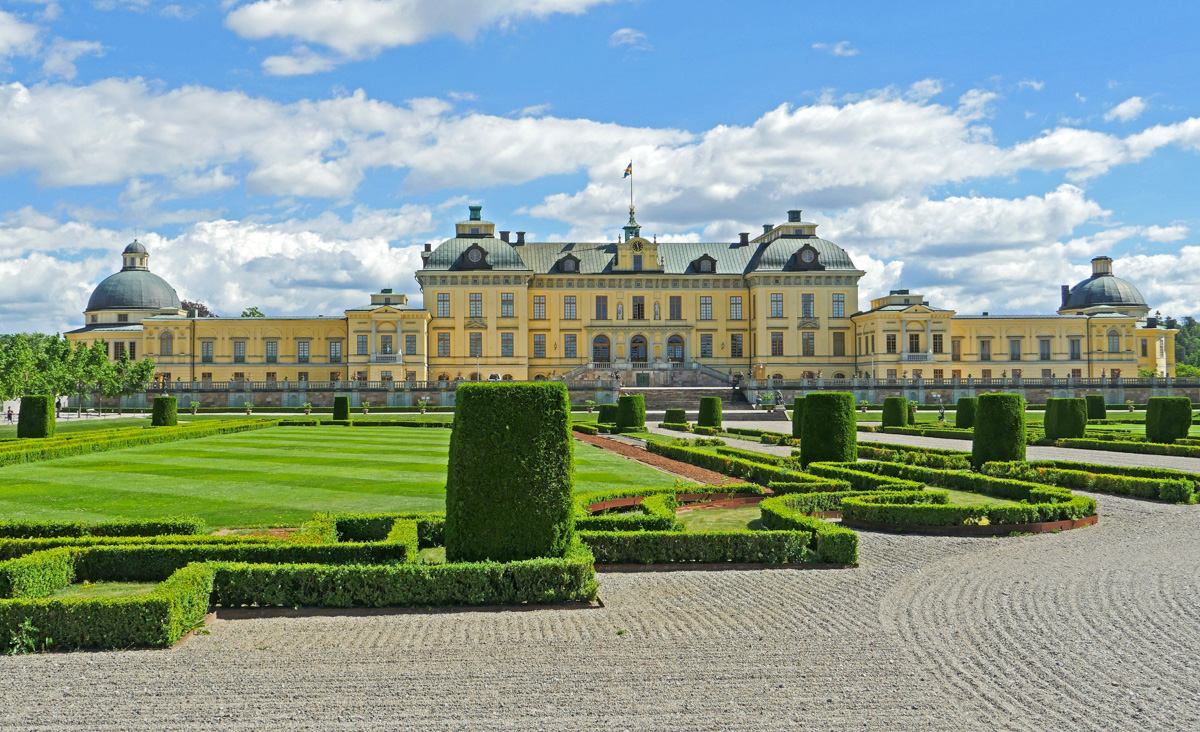
Contact Artisans of Leisure to begin planning a luxury Sweden tour top architecture and design sites, including our favorite palaces, interiors and gardens.
Destinations: Europe, Scandinavia, Sweden
Tags: Baroque architecture, Baroque gardens, Baroque interiors, beautiful interiors, Drottningholm Palace, garden tours, Gustavian, interior design, interiors, luxury Sweden tours, Nordic design, private Stockholm tours, private Sweden tours, Scandinavia tours, Scandinavian design, Stockholm, Stockholm palaces, Stockholm tours, Sweden, Swedish design, Swedish interiors, UNESCO World Heritage Site

 MENU
MENU